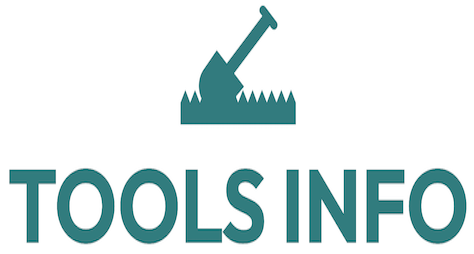Laser Level Safety: Avoiding Eye Hazards on the Job
Laser level safety is a critical consideration in any work environment where laser tools are used. The first 10 words here emphasize the importance of understanding laser safety to prevent eye hazards that could cause serious injury. As laser levels become increasingly common in construction, woodworking, and other precision tasks, awareness of potential risks and proper precautions is essential.
Understanding Laser Level Safety and Eye Hazards
Laser levels emit a concentrated beam of light to provide accurate reference points for alignment and leveling. However, the power and focus of these laser beams can cause damage to the eyes if exposed directly or even indirectly under certain conditions. The most common eye-related hazards occur from prolonged exposure, direct staring into the beam, or accidental reflections from shiny surfaces.
Types of Lasers Used in Laser Levels
Knowing the class of laser involved helps assess risks. Most laser levels use Class 2 or Class 3R lasers:
- Class 2 lasers: Low power (<1mW) and considered safe because the natural blink reflex limits exposure.
- Class 3R lasers: Moderate power (up to 5mW), requiring more caution as direct exposure can harm the eyes.
The safety guidelines for each class differ, and understanding these is part of effective laser level safety.
Key Safety Tips to Avoid Eye Hazards
Laser level safety requires both awareness and practical measures to minimize eye injury risk:
- Do not stare directly into the laser beam. Always avoid looking into the laser aperture or reflected beam.
- Use proper eye protection. Wearing safety glasses designed to filter the laser wavelength can greatly reduce risk.
- Ensure controlled work areas. Limit access to areas where lasers are active and display appropriate warning signs.
- Check reflective surfaces. Metal, glass, or polished surfaces can redirect the laser beam unexpectedly.
- Turn off the laser when not in use. Reducing unnecessary exposure prevents accidental eye contact.
- Follow manufacturer instructions. Each laser tool comes with specific safety protocols which must be followed.
Benefits and Practical Uses of Laser Levels with Safety in Mind
When properly used, laser levels increase accuracy and efficiency in tasks such as framing, tiling, plumbing, and electrical installations. Their precision minimizes errors and saves time, but only if laser level safety is rigorously maintained. Using these tools safely protects workers from avoidable injuries that could halt projects or cause long-term damage.
Pros and Cons of Using Laser Levels
- Pros: High precision, ease of use, speed of setup, versatility across trade sectors.
- Cons: Potential for eye hazards if safety measures are ignored, cost of proper eye protection, need for regular training.
Frequently Asked Questions about Laser Level Safety
Is it safe to use laser levels outdoors?
Yes, but outdoor use increases brightness demands that may lead to higher laser classes. Extra caution and suitable eyewear are recommended.
What should I do if I accidentally get laser light in my eyes?
Avoid rubbing your eyes and seek professional medical evaluation immediately if you experience pain or vision problems.
Can children safely be around laser level work zones?
It is best to keep children away from active laser level job sites due to the risk of accidental eye exposure.
Are all laser levels equally hazardous?
No. Laser levels with lower power (Class 2) are generally safer, but caution is always necessary regardless of laser class.
Conclusion
Laser level safety is vital to protect against eye hazards that can occur on the job. Understanding the types of lasers, risks involved, and implementing strict safety measures ensures that these valuable tools can be used effectively and safely. Proper training, protective eyewear, and workplace controls create a safer environment while allowing workers to benefit from the technological precision of laser levels.
Want to learn more? Click HERE to explore related guides.
